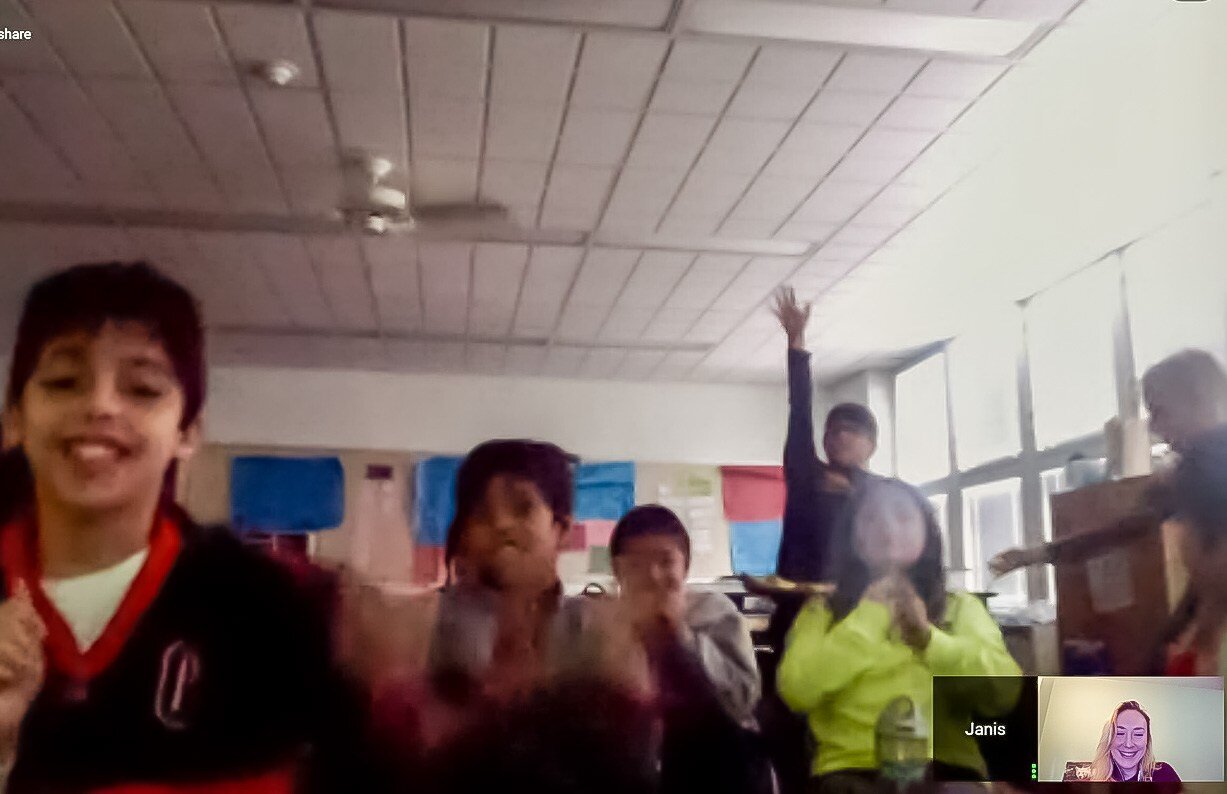This blog post first appeared on the Applied Conservation Science lab’s web page. Please find the original here.
A flourish of waving hands darts across my computer screen as I close my video chat window. The waves goodbye signal the end of my first virtual hangout with Ms. Michael’s fourth grade class. Based near Chicago, IL, the class is as diverse as they are enthusiastic. I smile with a mix of relief and newfound inspiration as I log out.
As applied conservation scientists, we’re increasingly called to share our research with a broad audience. Whether through blog posts, carefully curated social media feeds, or opinion editorial pieces, we seek to strengthen our communication skills and public awareness of our research. Despite my experiences in public outreach, however, I was totally intimidated to video-in to Ms. Michael’s class as part of my work with the National Geographic Leadership and Development Program.
As a scientist at the interface of Indigenous knowledge and ecological science, the concepts that inform and strengthen my research often seem complex. I hoped to give the 9- and 10-year-olds in the classroom a window into my world – of research in the Great Bear Rainforest, partnership with First Nations reasserting their traditional management rights, and the value of exploring many types of knowledge to inform conservation science.
The kids far exceeded my expectations, quickly calmed my nerves, and humbled me in the process. Through the lens of the charismatic Spirit Bear (Ursus americanus kermodei), we explored habitat loss, pollution, Indigenous knowledge, cultural values, and our own solutions. The class took on complex topics such as invasive species and European colonization, and together we discussed opportunities to observe our own environments and practice developing our own “local ecological knowledge.” Perhaps most impactful was the consistent conservation ethic I witnessed beneath our conversation – the entire classroom understood the reality of resource limitations and the inherent importance of conserving the Spirit Bear, its home, and diverse human cultures.
The experience has solidified the incredible value of scientific outreach across populations and ages, and I am thrilled to continue the inspiring work. I have much more to learn from Ms. Michael’s class!













